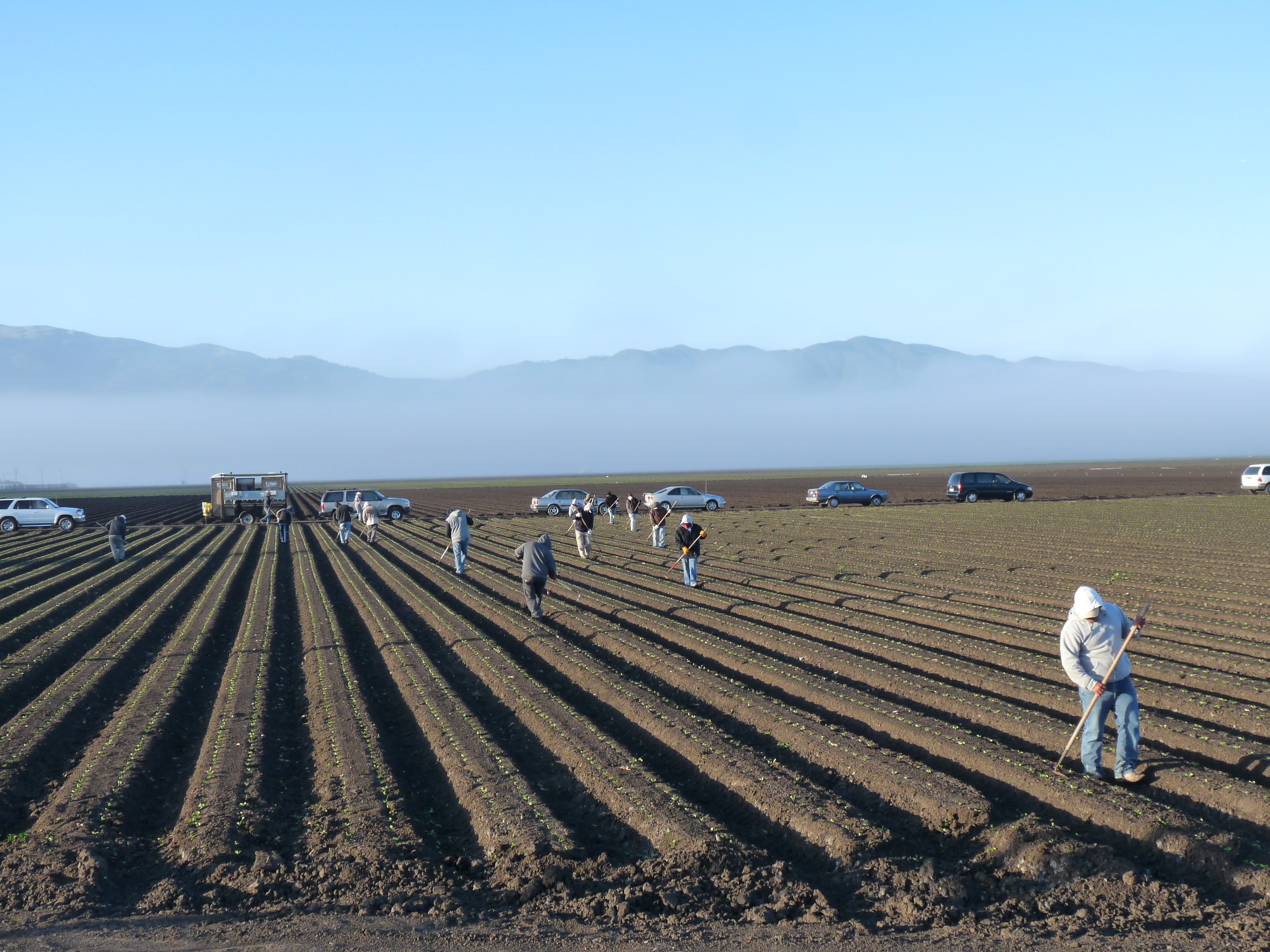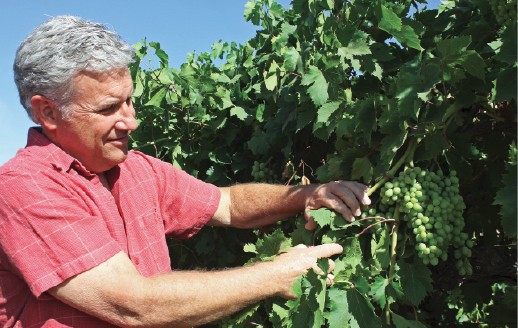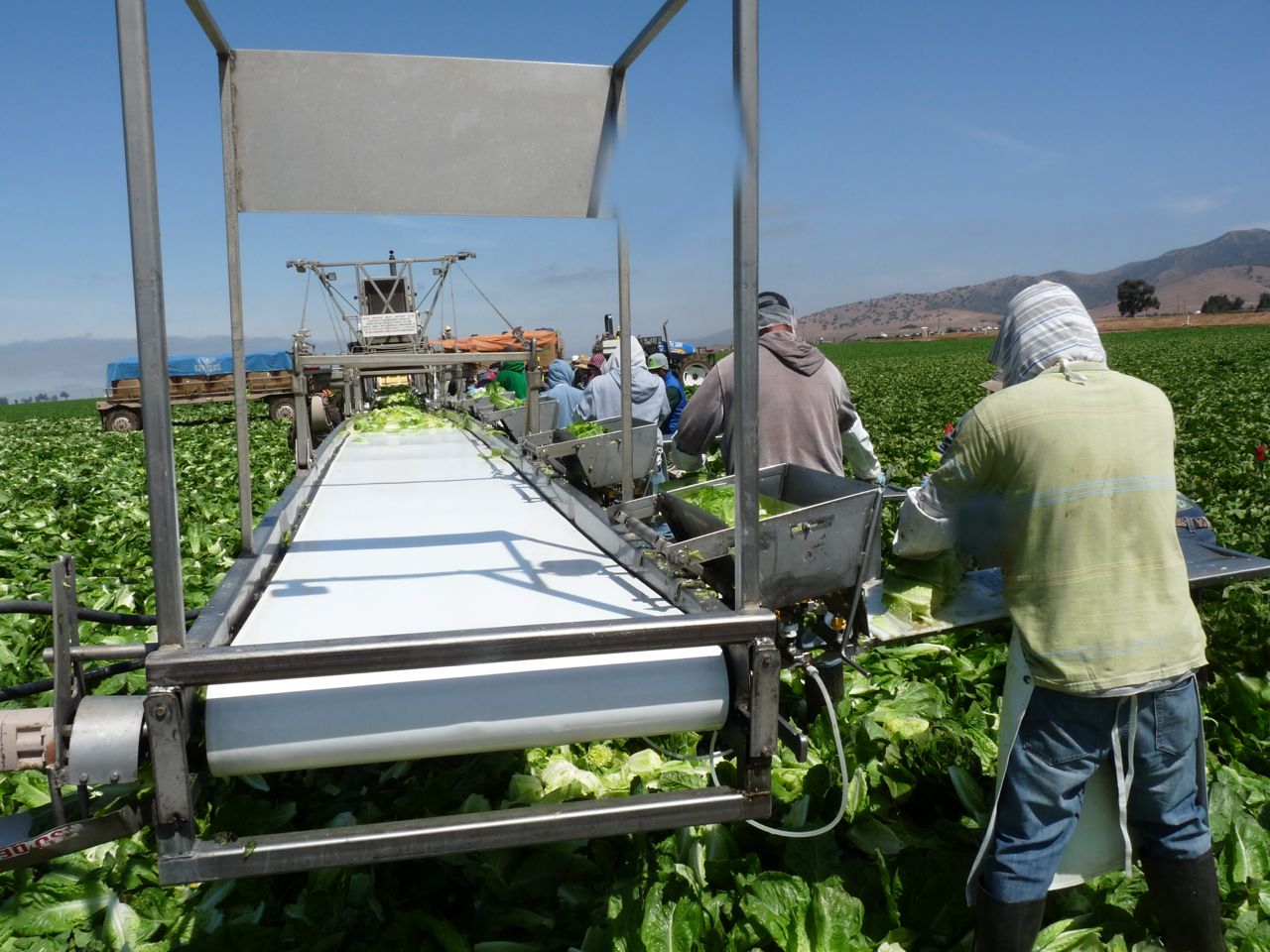Mexico trade mission and Ag labor issues – Looking Forward
Source: Karen Ross, California Agriculture Secretary
While in Mexico City last week, Governor Brown met with Secretary Navarrete Prida of the Mexican Ministry of Labor and Social Welfare and signed a letter of intent to address labor rights issues for temporary Mexican workers in California – a matter of high importance, of course, for California’s farmers and ranchers.
Moving forward from that promising development, we are working to create a pilot program than connects at least one California agricultural employer with Mexican officials to establish a set of protocols. Our objective is to help curb migrant worker abuse on a national and international basis, and provide stronger assurances to California agricultural employers that migrant labor employed within a H-2A program are not subject to illegal fees, misrepresentation of employment terms, fraud and other issues.
California, the U.S. Department of Labor, and a network of cross border nongovernmental organizations would work with Mexico to establish a bi-nationally available register of certified labor recruitment agencies. In addition, Mexico would develop a system for monitoring, verifying and supervising the activities carried out by recruitment agencies.
In California, the state would identify agricultural employers that voluntarily commit to using certified recruiters.
In the absence of a national immigration solution, this pilot program can be a great benefit to California’s agricultural community and strengthen our bilateral ties with Mexico.
















